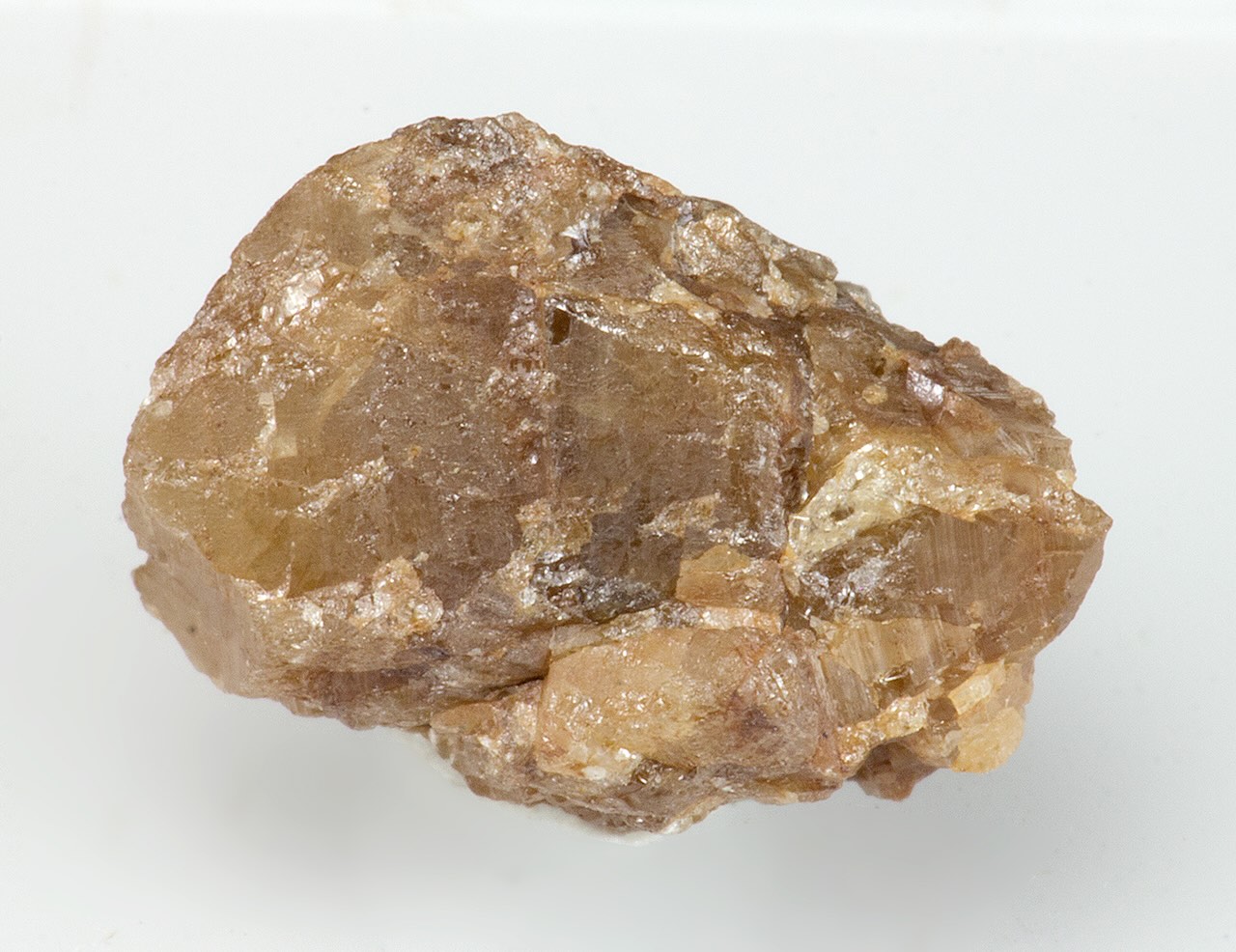
Simpsonite is a rare mineral that has intrigued geologists and collectors alike. Found primarily in Brazil, this mineral boasts a unique composition and striking appearance. But what makes Simpsonite so special? Its rarity and distinctive properties set it apart from other minerals. With a hardness of 7.5 on the Mohs scale, it’s not only beautiful but also durable. This mineral often forms in pegmatites, which are coarse-grained igneous rocks. Simpsonite’s chemical formula is Al4(Ta,Nb)3O13(OH), showcasing its complex structure. Whether you’re a geology enthusiast or just curious, these 30 facts about Simpsonite will deepen your appreciation for this fascinating mineral.
Key Takeaways:
- Simpsonite is a rare mineral named after geologist Edward Simpson. It's hard, shiny, and valuable for electronics and aerospace. Collectors love it for its uniqueness and pay high prices for quality specimens.
- Found in Australia, Mozambique, and the USA, Simpsonite is a prized mineral with small, well-formed crystals. Its high specific gravity makes it easy to separate during mining, and its rarity continues to fascinate researchers.
What is Simpsonite?
Simpsonite is a rare mineral that has captured the interest of geologists and collectors alike. Named after the Australian geologist Edward Simpson, this mineral has unique properties and a fascinating history.
- Simpsonite was first discovered in 1938 in the Greenbushes tin-tantalum deposit in Western Australia.
- It is named after Edward Simpson, an Australian geologist who made significant contributions to mineralogy.
- The mineral is primarily composed of aluminum, tantalum, and oxygen.
- Simpsonite typically forms in pegmatites, which are coarse-grained igneous rocks.
- It is often found alongside other rare minerals like tantalite and columbite.
Physical Properties of Simpsonite
Understanding the physical properties of Simpsonite can help in identifying and studying this mineral. Here are some key characteristics.
- Simpsonite has a hardness of 6.5 on the Mohs scale, making it relatively hard.
- The mineral has a vitreous to sub-vitreous luster, giving it a shiny appearance.
- It is usually colorless to pale yellow, although it can sometimes appear white.
- Simpsonite has a specific gravity of around 6.8, which is quite high for a mineral.
- It exhibits a conchoidal fracture, meaning it breaks with smooth, curved surfaces.
Chemical Composition of Simpsonite
The chemical makeup of Simpsonite is what sets it apart from other minerals. Let's delve into its composition.
- Simpsonite's chemical formula is AlTaO4, indicating it contains aluminum, tantalum, and oxygen.
- The presence of tantalum makes Simpsonite a valuable mineral for industrial applications.
- It often contains trace amounts of iron, manganese, and niobium.
- The mineral is resistant to chemical weathering, making it stable over long periods.
- Simpsonite's unique composition makes it a subject of study for researchers in mineralogy and materials science.
Uses and Applications of Simpsonite
While Simpsonite is primarily a collector's item, it has some practical applications due to its unique properties.
- The tantalum in Simpsonite is used in the production of electronic components like capacitors and high-power resistors.
- It is also used in the aerospace industry for making high-strength alloys.
- Simpsonite can be used as a gemstone, although its rarity makes it a less common choice.
- The mineral is studied for its potential use in advanced materials and nanotechnology.
- Collectors prize Simpsonite for its rarity and unique characteristics, often paying high prices for quality specimens.
Where to Find Simpsonite
Simpsonite is not commonly found, but there are specific locations where it can be sourced.
- The Greenbushes tin-tantalum deposit in Western Australia is the most famous source of Simpsonite.
- It has also been found in the Alto Ligonha pegmatite field in Mozambique.
- Small quantities of Simpsonite have been discovered in the Black Hills of South Dakota, USA.
- The mineral has been reported in the pegmatites of Minas Gerais, Brazil.
- Simpsonite occurrences have also been noted in Namibia and Madagascar.
Interesting Facts about Simpsonite
Here are some lesser-known but intriguing facts about Simpsonite that highlight its uniqueness.
- Simpsonite crystals are often small, rarely exceeding a few millimeters in size.
- The mineral is often associated with lithium-rich pegmatites.
- Simpsonite's high specific gravity makes it easy to separate from other minerals during mining.
- It is often found in the form of well-formed, prismatic crystals.
- Simpsonite's rarity and unique properties make it a subject of ongoing research in the field of mineralogy.
Fascinating World of Simpsonite
Simpsonite, a rare mineral, holds a treasure trove of intriguing facts. Named after Edward Simpson, this mineral's unique properties make it a subject of fascination. Found primarily in pegmatites, Simpsonite's chemical composition includes tantalum, aluminum, and oxygen. Its crystal structure is hexagonal, adding to its allure.
This mineral's hardness ranges between 5.5 and 6 on the Mohs scale, making it relatively durable. Its color varies from yellow to brown, sometimes even colorless. Simpsonite's specific gravity is around 6.8, indicating its density.
Collectors and geologists alike value Simpsonite for its rarity and aesthetic appeal. Its formation process involves high-temperature environments, often associated with granite. Understanding Simpsonite offers a glimpse into the complex world of minerals, showcasing nature's wonders.
So, next time you come across a piece of Simpsonite, remember the rich history and scientific marvel it represents.
Frequently Asked Questions
Was this page helpful?
Our commitment to delivering trustworthy and engaging content is at the heart of what we do. Each fact on our site is contributed by real users like you, bringing a wealth of diverse insights and information. To ensure the highest standards of accuracy and reliability, our dedicated editors meticulously review each submission. This process guarantees that the facts we share are not only fascinating but also credible. Trust in our commitment to quality and authenticity as you explore and learn with us.
